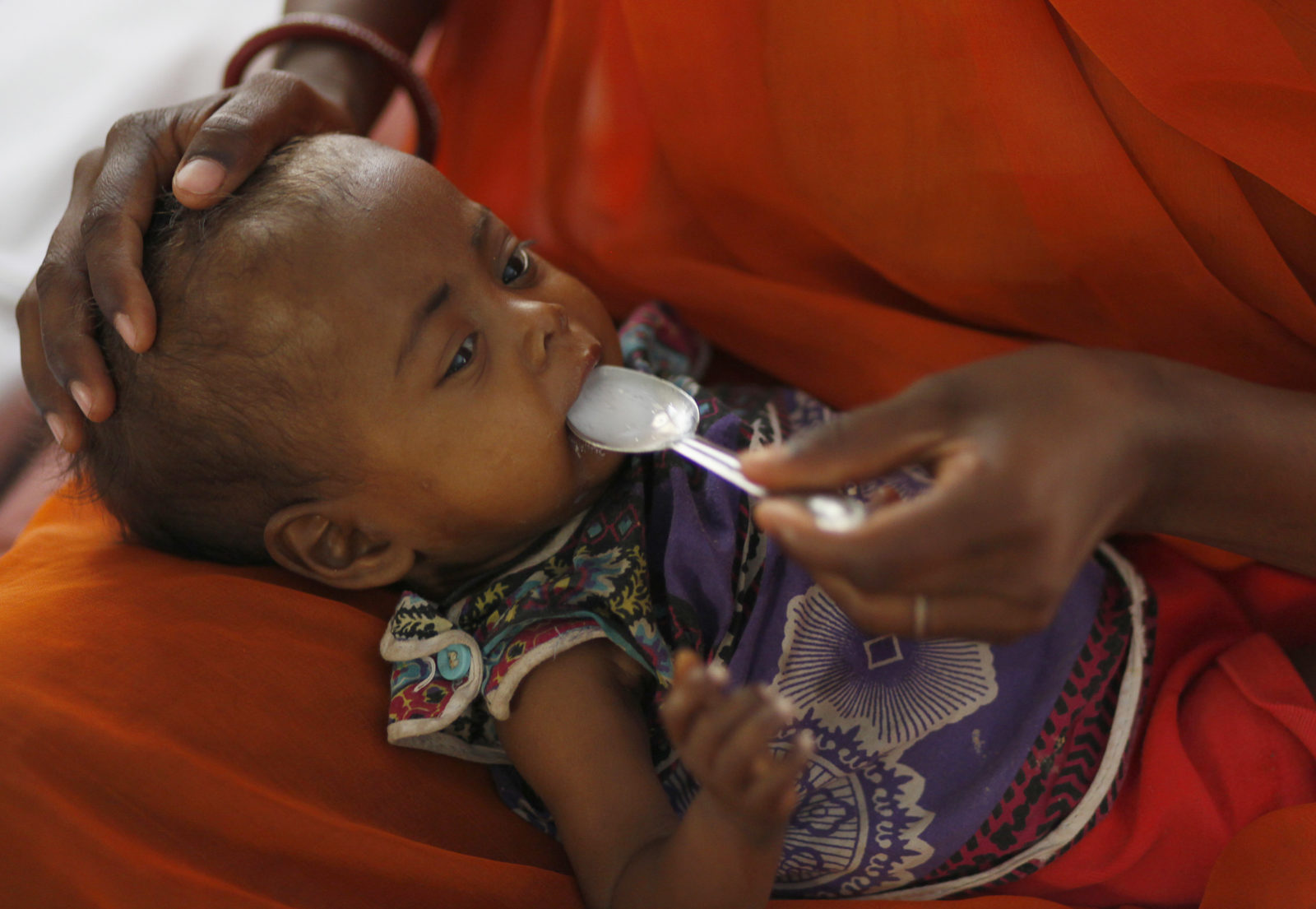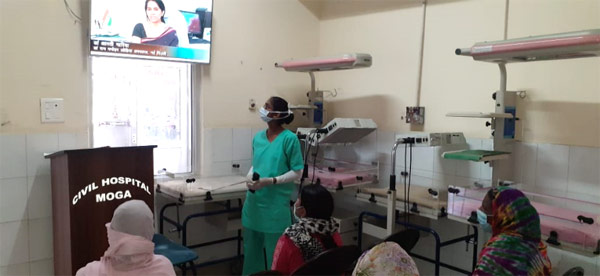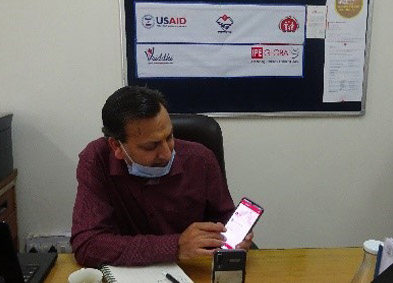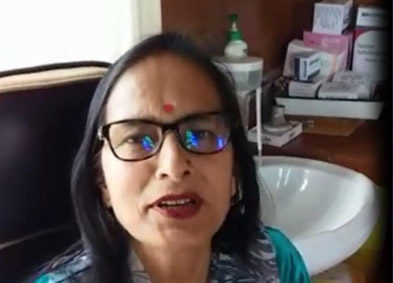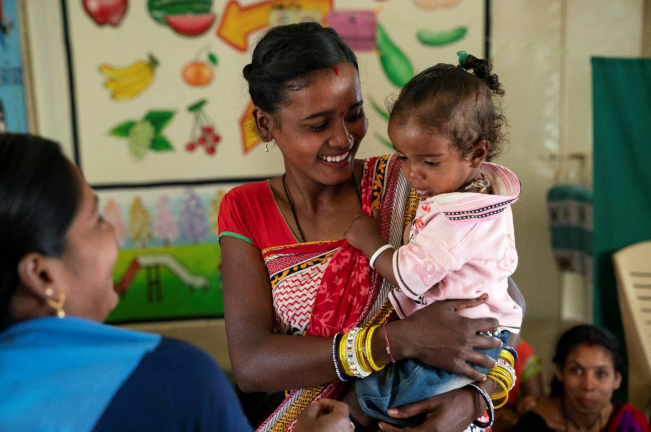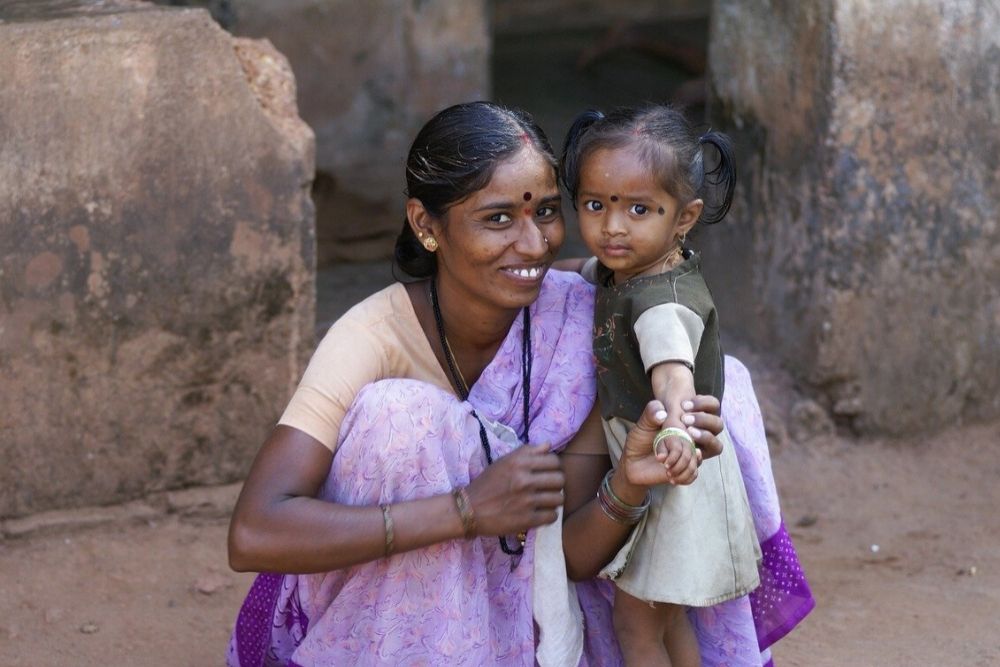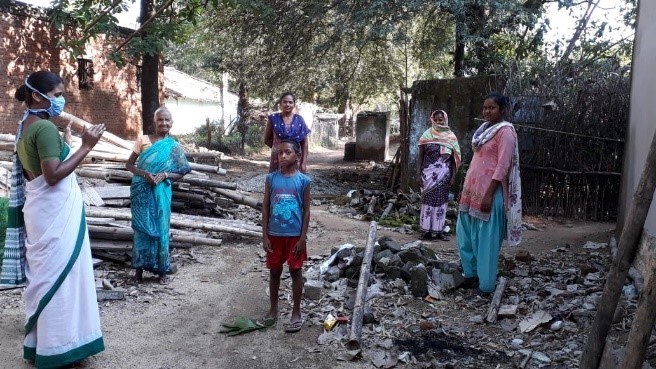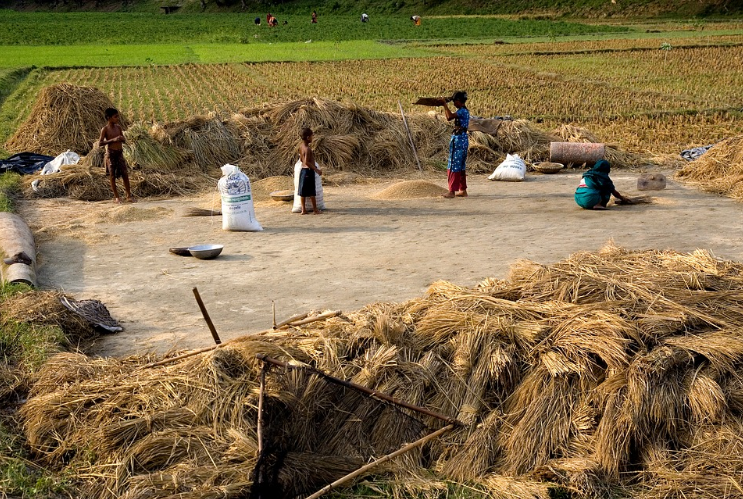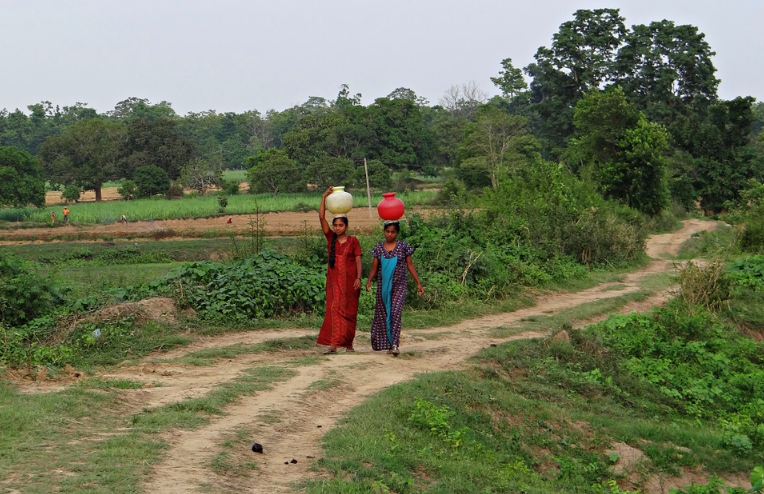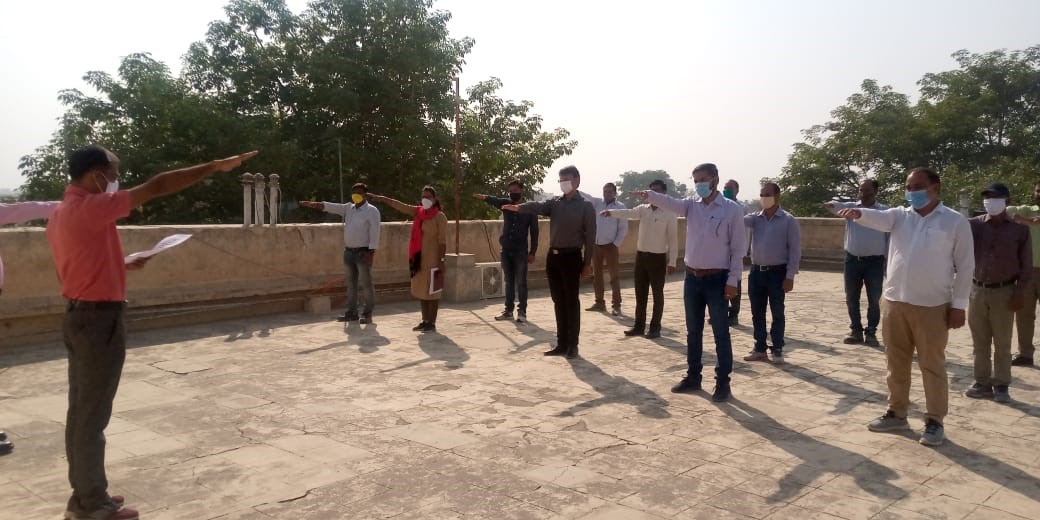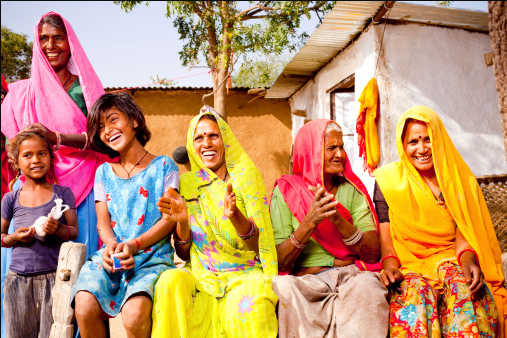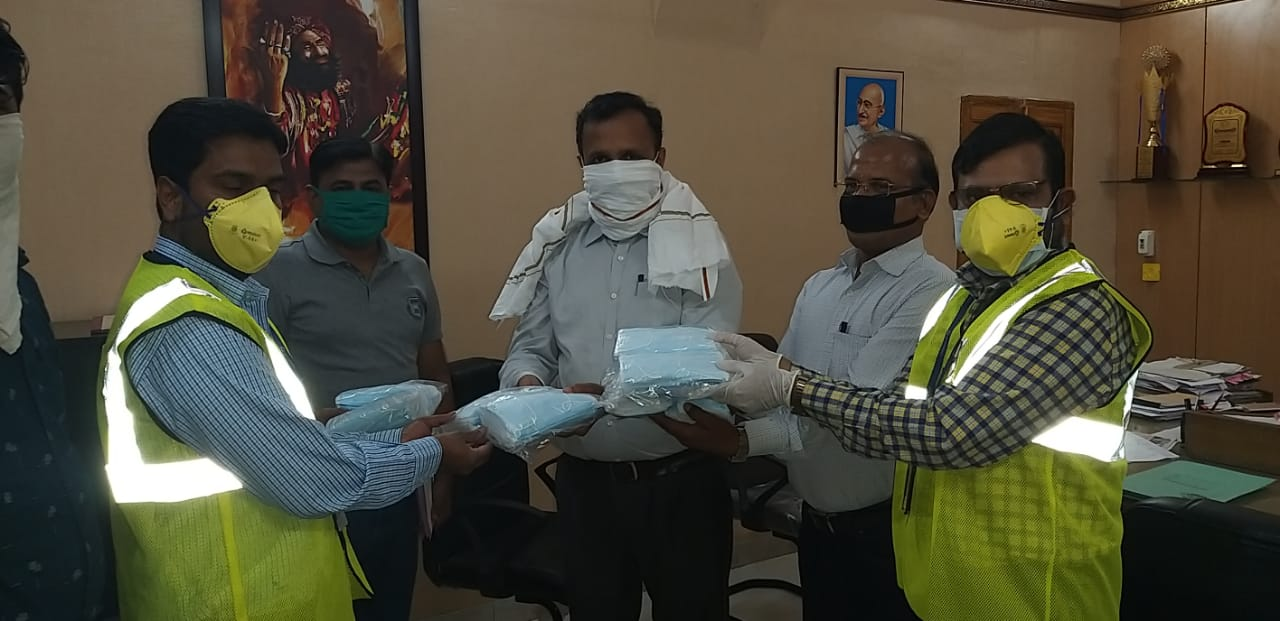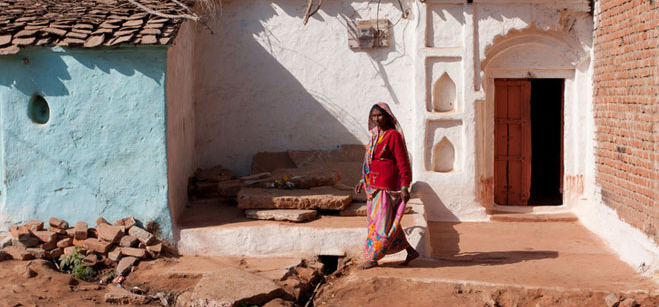Soma Biswas, Senior Communication and Media Expert & Syed Saad Ahmed, Documentation Officer_ Social and Economic Empowerment
Across the world, nudge theory has been successfully adopted as a policy measure to encourage vaccination, reduce alcohol consumption, promote safe-sex practices to safeguard against HIV, and most recently, to promote sanitation and mask usage during the COVID-19 crisis. It’s time we incorporate behaviour change communication in the arsenal of tools to combat malnutrition.
After the significant progress in child nutrition indicators between 2005-06 and 2015-16, the early data from the fifth National Family Health Survey (NFHS) is alarming. Wasting among children under five rose in 12 of the 22 states surveyed, stunting increased in 13 states and the percentage of underweight children increased in 16 states compared to NFHS-4 (2015-2016). Since the data was collected in 2019, the situation after the pandemic is likely to be worse. There is speculation that India has reversed decades of progress in child nutrition indicators – something unheard of in growing economies.
Such high prevalence of child malnutrition in India defies logic. India runs the world’s largest programme for the holistic development of children – the Integrated Child Development Services, which has been in force since 1975. There is a public distribution system in place to ensure that the poor, even in remote areas, get food grains at subsidised rates. In 2018, India launched POSHAN Abhiyaan, regarded as the world’s largest nutrition programme, which set ambitious goals to improve nutrition. Yet 68% of deaths of children under five years of age are due to poor maternal and child nutrition. Why is the situation so dire?
While poverty, social hierarchies and the quality of government services are indeed responsible, the role of culture, customs and social norms in poor nutrition practices is often overlooked. For example, some women in Rajasthan avoid nutritious foods such as banana, peanuts and yoghurt during pregnancy. There is also a belief that weight gain during pregnancy makes delivery difficult, resulting in low food intake.
To shape these beliefs and practices, the focus so far has largely been on information, education and communication (IEC). However, deeply embedded customs cannot be altered just by providing rations and sharing information on nutrition. While government schemes can make services and goods available, access and utilisation of these is driven by beneficiary demand, intent, and action. Thus, there is a need to go beyond IEC and incorporate behaviour change communication. It promotes appropriate behaviour as well as provides an enabling environment that motivates people to adopt and sustain those behavioural changes.
Nudge theory provides a useful framework in this regard. It uses positive reinforcement and indirect suggestions to influence behaviour and decision-making. With subtle hints and alterations to the existing environment, communities can be nudged to participate in government schemes, adopt recommended practices and change behaviours.
There is also a need to identify specific barriers and motivators in adopting good practices. For instance, many mothers might know about recommended nutrition and childcare practices, but might not be able to act upon their knowledge as the decision-making power is often in the hands of the husband or mother-in-law. Societal norms and customs might also deter adoption of certain practices.
Rajasthan has presented a roadmap to overcome these barriers. The state government launched the ‘Zimmedari’ campaign during the POSHAN Maah (National Nutrition Month) celebration in September 2020. It could have been just another event to commemorate POSHAN Maah, but what stood out was its focus on enabling positive behaviours. The campaign stresses that childcare is not a mother’s responsibility alone, but a shared responsibility between family members, the community and government.
The state government emphasised this through films, radio programmes, advertisements, social media and a campaign anthem by folk singer Mame Khan, thereby nudging families to share the responsibility of childcare. Another strategy was the pledge ceremony, which encouraged husbands to publicly acknowledge and vow to fulfil their responsibilities towards their wife and children. These ‘model husbands’ can in turn influence other husbands and to-be fathers, creating a ripple effect in the community.
While the Centre and state governments are running intensive campaigns to promote maternal nutrition, adherence to the recommended practices is as important. They should design interventions guided by people’s existing behaviour, social fabric, and economic condition, and ensure adequate reach and frequency of exposure to key messages. With the help of social and digital media, they should mainstream conversations around nutrition and foster an environment that enables beneficial behaviours.




